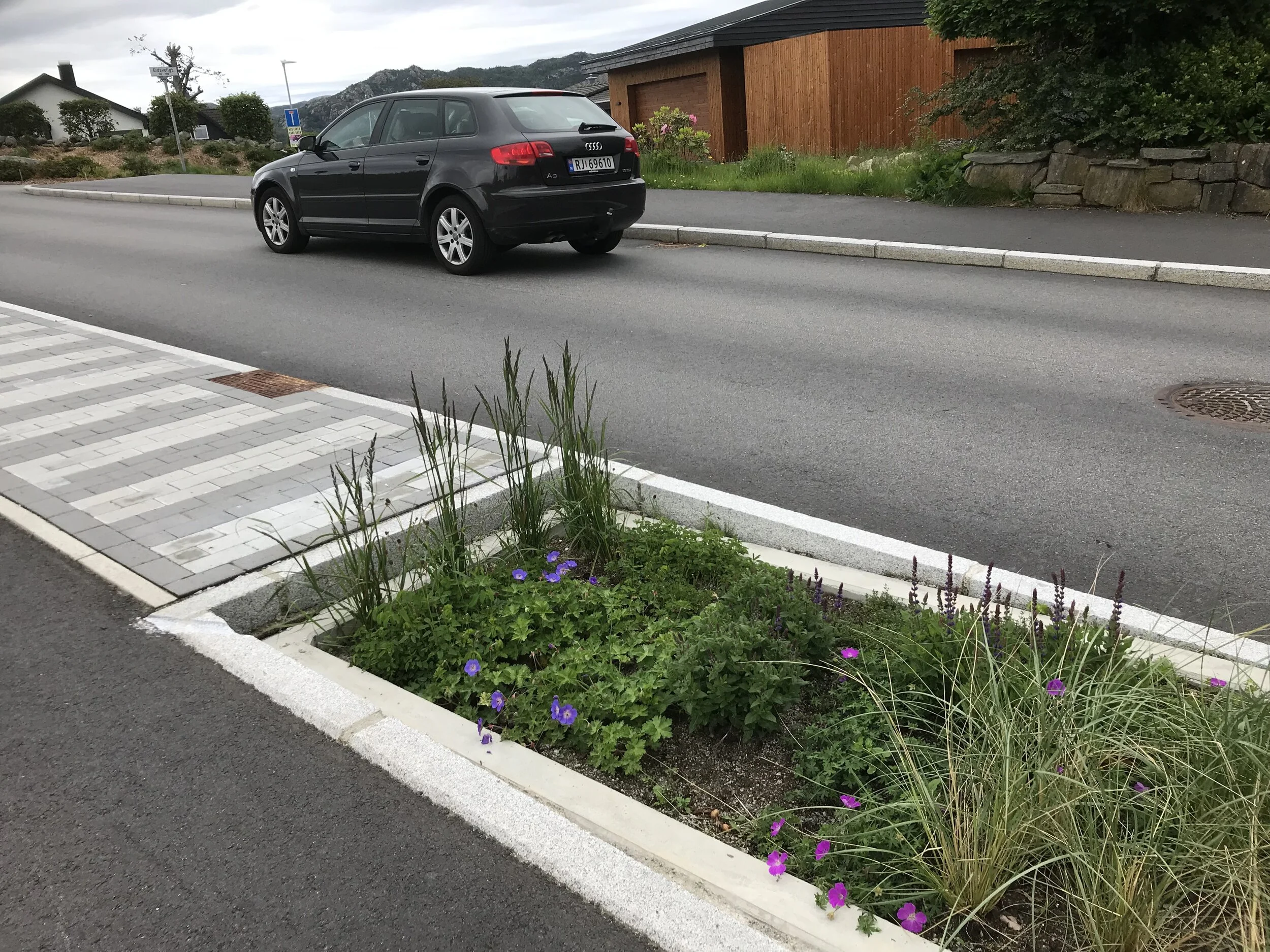PhD project: Developing design tools for green stormwater infrastructures in cold climates
Climate change and rapid urbanization are expected to increase the amounts of stormwater flowing into sewer-lines which will increase the risk of urban flooding for cities with Combined Sewer Overflow systems (CSO). Green infrastructures, such as green roofs and rain gardens, are promising and economic-efficient solutions to reduce stormwater runoff via natural processes (evapotranspiration, infiltration, etc.).
An important step in the design and the evaluation of green infrastructures is to quantify their hydrological performance by estimating Retention (permanent reduction of stormwater by evapotranspiration) and Detention (flow peak reduction and delay), based on climate forcing and the physical properties of the green infrastructure. Many models exist can be used to estimate Retention and Detention such as EPA SWMM and Mike Urban. However, they all require calibration with observed data which limits their applicability for new and unmonitored systems.
The main objective of Elhadi Mohsen Hassan Abdalla’s PhD-project is to push the boundaries of today’s knowledge about the hydrological performance of Green Stormwater Infrastructures (GSI), as individual units and as integrated systems within urban catchment under the current climate conditions and the future climate scenarios. The focus will be on extensive green roofs and rain gardens beside investigating other solutions like bioswales and permeable pavements.
Specific objectives are as follow:
Evaluating different methods of rainfall-runoff modelling for Green Stormwater-Infrastructure
To estimate the hydrological performance (Retention and Detention) based on climate and the GSI characteristics. The recommended modelling tools should be calibration-independent to be used as a design tool with a reasonable accuracy and computation costs.Towards better understanding of the hydrological processes within extensive green roofs and rain gardens
Fully distributed, three dimensional and physically-based hydrological model for extensive green roofs and rain gardens, combined with intensive field measurements. The aim is to identify the key hydrological processes within these systems.Hydrological performances of different implementations of GSIs within an urban catchment under current and future climate conditions
Different layouts of GSIs (Extensive green roofs, rain gardens, permeable pavements, bioswales) will be tested in an existed and monitored urban catchment using distributed hydrological model. The aim is to conclude to the optimal practice of GSIs retrofitting by comparing the hydrological performances between the current system and the different GSIs layouts in today’s climate. The future scenarios will be tested to select the best GSI layout for climate change adaption.
The supervisor team is Prof. Tone Muthanna (NTNU), Prof. Knut Alfredsen (NTNU) and Senior Scientist Edvard Sivertsen (SINTEF).
Green Stormwater Infrastructures (GSI)


